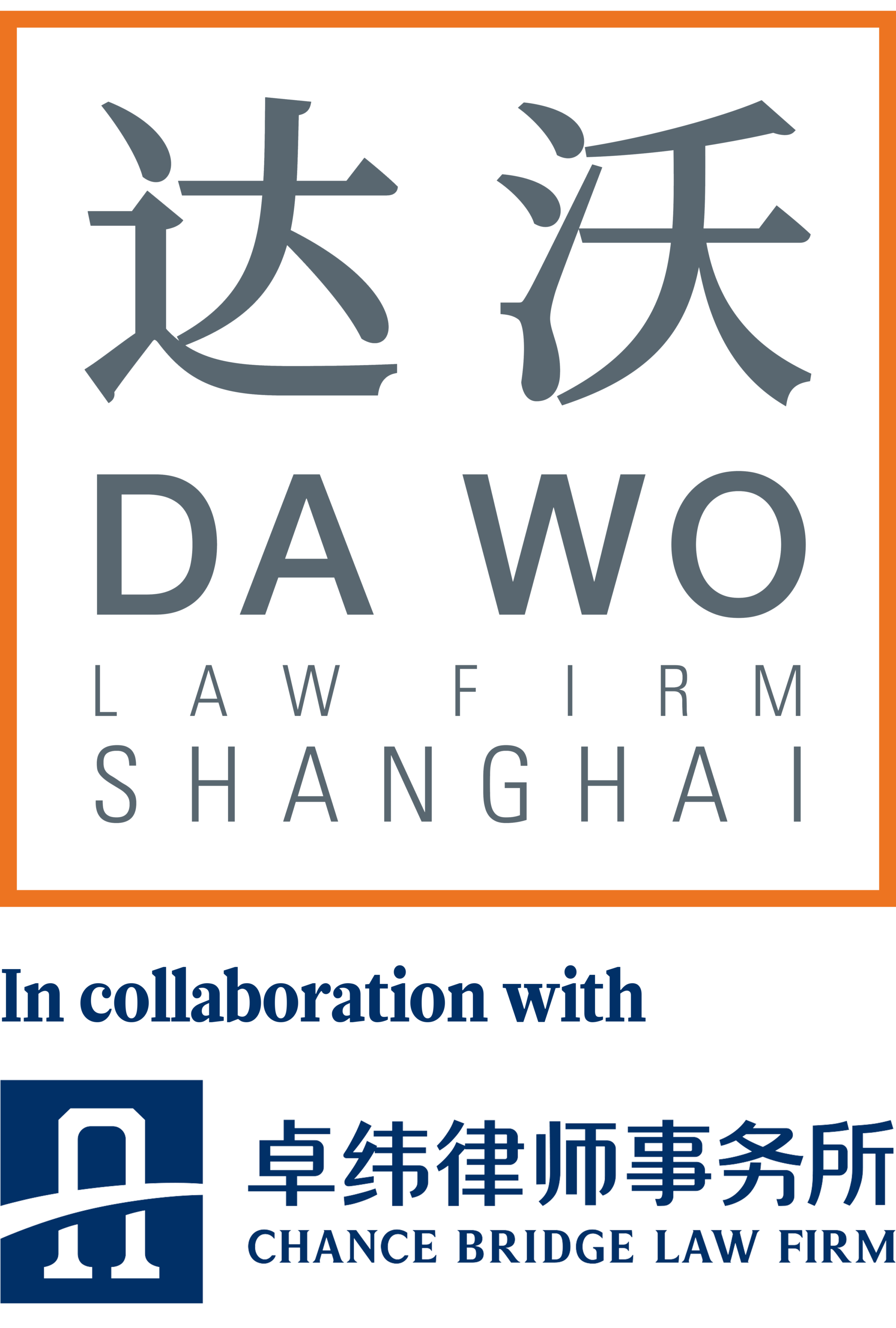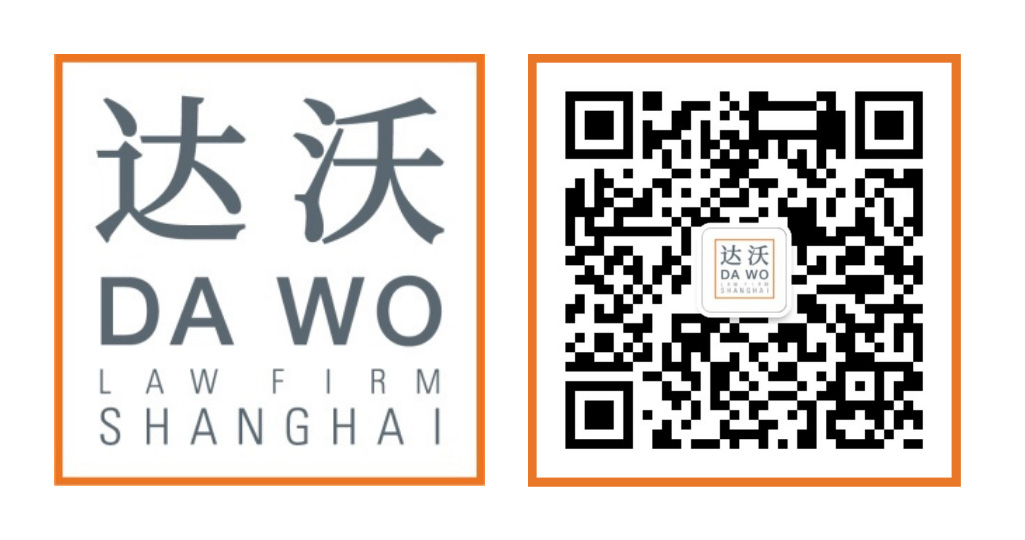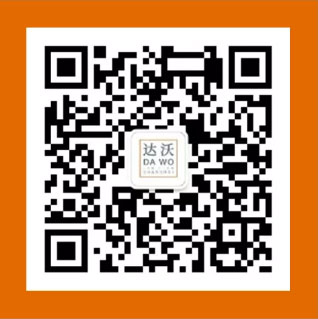Iris Qi

Almost all businesses have been affected by the COVID situation in recent months. Offline operations and activities in various industries have been suspended, yet costs continue to be incurred.
As a consequence, many companies are suffering from a cashflow shortage and some are simply running out of cash altogether.
The refund of End-of-Period Excess Input VAT (the “Refund”) is currently the most straightforward way for eligible businesses to quickly pocket a certain amount of cash. When the Input VAT paid by a company is larger than the Output VAT received, the excess Input VAT cannot be deducted immediately and is left to be deducted in the future. The Refund allows for this excess Input VAT to be refunded to the tax payer within a short period of time.
As a significant method of “vigorously reducing taxes and fees”, the State Administration of Taxation (“SAT”) has issued several documents in March, April, May and June of this year to expand the scope of the companies and industries elligable for the Refund and to speed up the payment process, in order to help enterprises overcome the current cash shortage with immediate financial support.
Advanced Payment of the Refund
According to [2022] No. 14 Circular of the SAT issued in March, it was planned that the qualified micro-sized enterprises could apply for a refund as from April, small enterprises as from May, medium enterprises as from July, and large enterprises as from October. The timing for the Refund is generally organized based on the size of enterprises.
Following several notices issued by SAT in April and May, the Refund time has been brought substantially forward. For micro enterprises, the Refund should be paid before April 30 and for small, medium and large enterprises it should be paid before June 30.
The size of enterprises shall be determined with reference to the Standard Provisions for the Classification of Small and Medium-sized Enterprises (MIIT [2011] No. 300) and the Standard Provisions for the Classification of Enterprises in the Financial Industry (Yinfa [2015] No. 309), and shall be based on its’ VAT sales in the previous accounting year in the industry in which the enterprise has the highest VAT sales.
Expanded Scope of Application
The scope of application of the original No. 14 Circular was “eligible small and micro enterprises (including individual entrepreneurs)” and “medium and large enterprises in manufacturing industries (including “manufacturing”, “scientific research and technology services”, “electricity, heat, gas and water production and supply”, “software and information technology services”, “ecological protection and environmental management” and “transportation, storage and postal services”)”.
The new Circular No. 21, which was just issued in June, expands the application from “manufacturing and other industries” to industry including “wholesale and retail trade”, “agriculture, forestry, animal husbandry and fishery”, “accommodation and catering”, “residential services, repair and other services”, “education”, “health and social work” and “culture, sports and entertainment” (including individual businesses).
The industry type should be determined with reference to the National Economic Classification of Industries (GB/T 4754-2017) issued by the National Bureau of Statistics.
So, does my company qualify?
Until December 31 this year, the requirements to qualify for the VAT refund are:
- The applicant’s tax credit rating should be A or B grade;
- No fraudulent retention of tax refund, fraudulent export tax refund or false issuance of VAT special invoices has been found in the 36 months prior to the application for tax refund;
- The applicant has not been punished more than once by the tax authorities for tax evasion in the 36 months prior to the application for tax refund;
- The tax applicant does not benefit from the policy of immediate levy and refund or refund after levy since April 1, 2019.
Compared to the requirements as stipulated in the [2019] Announcement No. 20 of SAT, the requirement of tax amounts has been deleted, allowing more enterprises to enjoy the policy benefits and receive financial support where applicable.
In order to cooperate with the control and prevention policy in Shanghai, the Shanghai Municipal Bureau of Taxation has realized all electronic processing of tax declaration and refund through the One-Network-Office and the Electric Tax Bureau. By the end of May, nearly 50,000 taxpayers had already received the tangible tax refund of nearly RMB 40 billion. Nationwide, over RMB 1,5 trilion has been refunded to taxpayers’ accounts to date.
Even if your company is not eligible for a VAT tax refund, DaWo Law Firm can help you in other numerous ways to overcome the current challenges. Our lawyers have extensive experience in tax consultation, debt recovery and cross-border trade dispute resolution. Please feel free to contact us if you have any enquiries.


